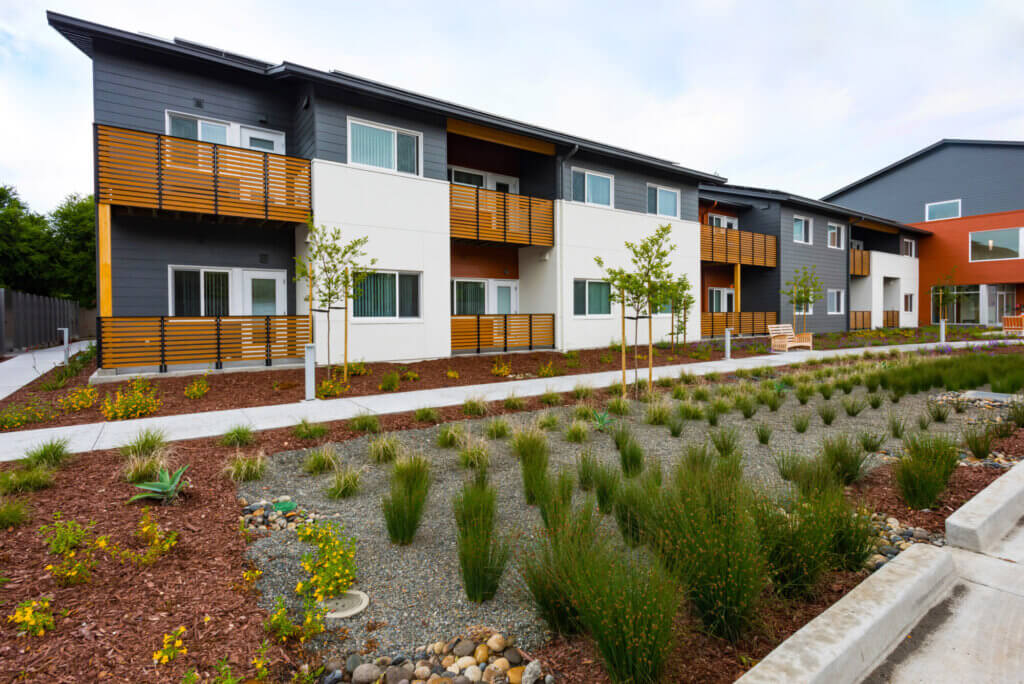The Complexity of Financing Low-Income Housing Tax Credit Housing
Published On April 26, 2021
The Low-Income Housing Tax Credit (LIHTC) Program has been the most important source of new affordable housing in the U.S. in recent decades, producing over 3 million new homes since its introduction in 1986. But putting together the funding to build a LIHTC development is difficult. Developers need to navigate an ever-changing, complex suite of funding sources and rules, all of which can contribute to time and cost inefficiencies that work against the goals of quickly increasing the supply of affordable housing.
A new study from the Terner Center explores the multiple sources of financing for LIHTC properties and the inefficiencies created by that complexity. The latest in our Cost of Building Housing Research Series, The Complexity of Financing Low-Income Housing Tax Credit Housing in the United States presents new analysis that highlights the challenges associated with this funding fragmentation and lifts up promising approaches that federal, state, and local actors are taking to streamline the financing process. Due to data constraints, it is difficult to know exactly how complex this system is. In this study, we draw on syndicator data collected in partnership with Capital One, which provides a unique window into illustrating the relationships between costs, characteristics, and funding sources.
The authors find that on average, developers need to pull together 3.5 different funding sources to make a development pencil, with some developments requiring as many as 11 sources on top of tax credit equity. The average number of sources has also increased over time, in line with the rise of development costs.
The number of funding sources also varies significantly across markets. In our comparison of three similar LIHTC housing developments in Los Angeles, California, Atlanta, Georgia, and Alexandria, Virginia, the share of total development costs covered by the equity from the tax credit varies, as does the total number of funding sources. An illustrative example in the paper shows a permanent supportive housing development in Los Angeles that required nine non-equity sources of funding to get built—many of which cover a relatively small portion of the total development costs.
The complexity of the process impacts how long it takes to put together enough funding to complete a deal, and ultimately can add costs, such as staff time, legal fees, and other carrying costs.
While many of the interviewees acknowledged funding complexity as a part of doing business, some key aspects of the process warrant reform. Beginning at the federal level and extending to all levels of government, efforts should be made to combine similar funding sources. Where consolidation is not feasible, building a one-stop-shop approach at the state or regional level would allow developers to access multiple sources of funding through one consolidated application process. Additionally, states and localities should work toward reducing the degree to which timelines, levels of transparency, and requirements vary across disparate funding sources. And across all of these efforts towards reform, the study underscores that it is critical that entities invest in durable leadership, governance infrastructure, and staff capacity to sustain a more coordinated system.
Read more about the findings and recommendations in the full paper on our website here.





